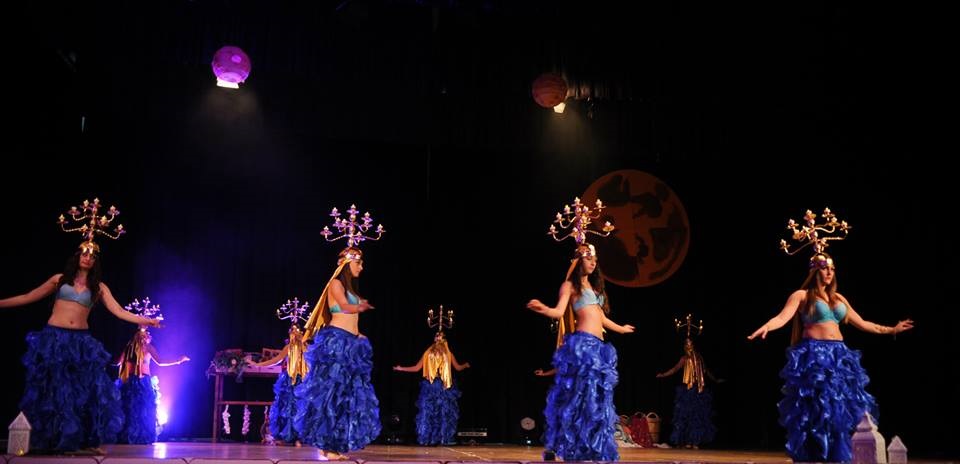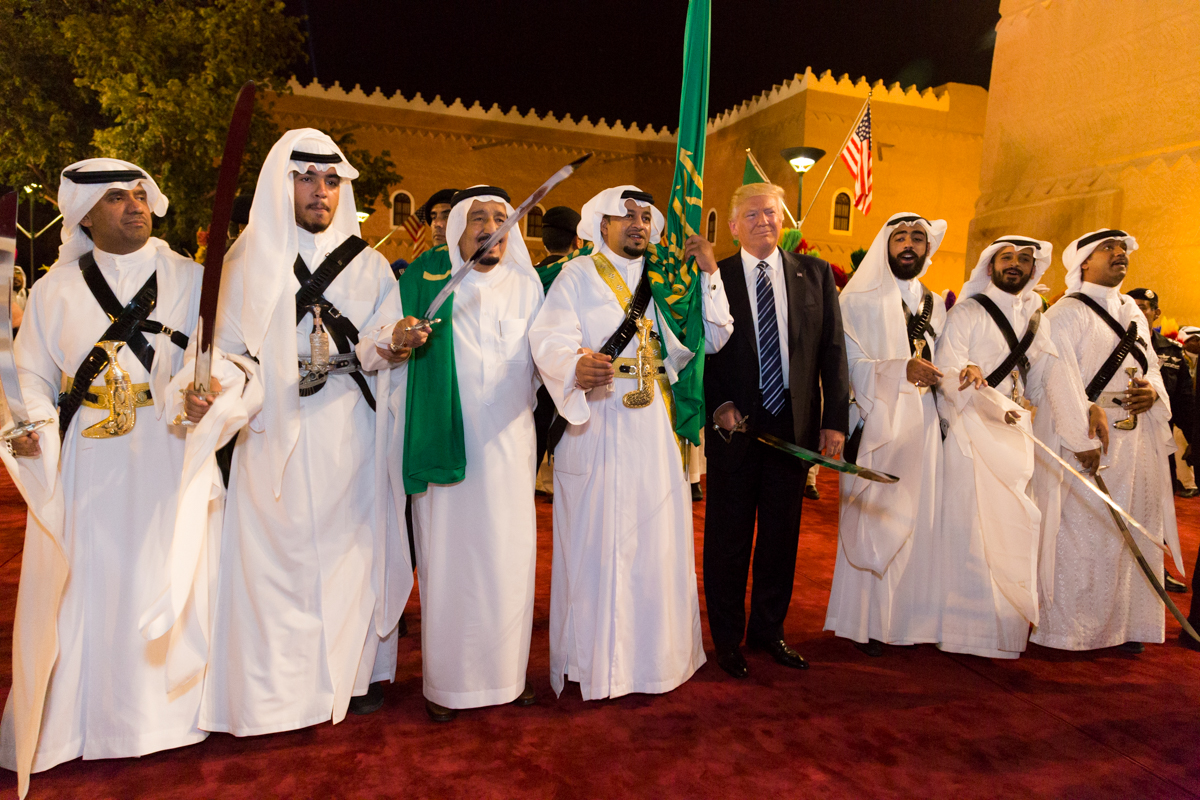|
Mezmar
Mezmar or mizmar ( ar, مزمار ''al-mizmar'') is a traditional group performance and stick song-dance that is performed by communities that have migrated to Alhijaz region, western Saudi Arabia in the past few centuries, thus it is not considered part of the original culture of Hejaz nor its tribal native population. Almezmar is performed by about 15–100 practitioners in festive occasions such as wedding and national events, they twirl long sticks (bamboo cane), beat drums and clap to songs that can pertain to a variety of topics such as heroism, praise, chivalry, love and generosity. In the past, the ritual was associated with battle or competition. It closely resembles the tahtib dance practiced in Egypt and Sudan."Mizmar" in Lisa Urkevich, ''Music and Traditions of the Arabian Peninsula: Saudi Arabia, Kuwait, Bahrain, and Qatar''. New York: Routledge, 2015. pp 193–196. 'Mizmar' is actually the generic term for almost any wind instrument found in the Hijaz or Asir, from ... [...More Info...] [...Related Items...] OR: [Wikipedia] [Google] [Baidu] |
Yowlah
The yowlah ( ar, اليولة, ''al-yawlah'', or العيالة, ''al-ʿayyalah'' or ''al-ʿiyyalah''), is a weapon dance of the United Arab Emirates, traditionally performed during weddings, celebrations, and other events. The dance is accompanied by traditional music (drums and other instruments), and men and women are represented in separate groups of dancers. The yowlah originated as a Bedouin war dance where men would spin rifles after victory in a battle. There is also a variation from the standard yowlah known as the razfah ( ar, الرزفة ''al-razfah'', الرزفة العيالة ''al-razfat al-ʿayyalah'', or العيالة أهل البحر ''al-ʿayyalat ʾahl al-baḥr''); and the ardah is sometimes considered a form of the yowlah (as العرضة العيالة ''al-ʿarḍat al-ʿayyalah''). Dance routine The yowlah involves dance, drum music, and chanted poetry; its routine is meant to simulate a battle scene. Two rows of about twenty men face each othe ... [...More Info...] [...Related Items...] OR: [Wikipedia] [Google] [Baidu] |
Unesco Cultural Heritage Logo
The United Nations Educational, Scientific and Cultural Organization is a specialized agency of the United Nations (UN) aimed at promoting world peace and security through international cooperation in education, arts, sciences and culture. It has 193 member states and 12 associate members, as well as partners in the non-governmental, intergovernmental and private sector. Headquartered at the World Heritage Centre in Paris, France, UNESCO has 53 regional field offices and 199 national commissions that facilitate its global mandate. UNESCO was founded in 1945 as the successor to the League of Nations's International Committee on Intellectual Cooperation.English summary). Its constitution establishes the agency's goals, governing structure, and operating framework. UNESCO's founding mission, which was shaped by the Second World War, is to advance peace, sustainable development and human rights by facilitating collaboration and dialogue among nations. It pursues this objective th ... [...More Info...] [...Related Items...] OR: [Wikipedia] [Google] [Baidu] |
Middle Eastern Dance
The traditional dances of the Middle East (also known as Oriental dance) span a large variety of folk traditions throughout North Africa, the Middle East, and Central Asia. For detailed information on specific dances of the region, see the main entries as follows: * Arab dance: Ardah, Baladi, Belly dance, Dabke, Deheyeh, Fann at-Tanbura, Khaleegy, Mizmar, Raqs sharqi, Shamadan, Tahtib, Tanoura, Yowlah * Assyrian folk dance: Khigga * Kurdish dance: Dilan * Persian dance: Classical Persian dance * Turkish dance: Çiftetelli, Halay *Jewish dance: Hora, Tza'ad Teimani, Israeli Folk Dances Western dance is being incorporated in the middle east. See also * Sufi whirling * Zaffa In Arab culture,On the Zaffa and the poetic verse used in Muslim weddings in Yemen, see Hanan Maloom, "La Zaffah: Noces et Poesie Orale Feminine à Ṣan‛ā’". In: Ayyelet Oettinger & Danny Bar-Maoz (eds.), ''Mittuv Yosef: Yosef Tobi Jubilee Vo ... References External links From dabke t ... [...More Info...] [...Related Items...] OR: [Wikipedia] [Google] [Baidu] |
Saudi Arabian Culture
The cultural setting of Saudi Arabia is greatly influenced by the Arab culture, Arab and Islamic culture. The society is in general deeply religious, conservative, traditional, and family-oriented. Many attitudes and traditions are centuries-old, derived from Arab civilization and Islamic heritage. However, its culture has also been affected by rapid change, as the country was transformed from an impoverished nomadic society into a rich commodity producer in just a few years in the 1970s. This change has also been affected by and the result of a number of factors including the communications revolution and external scholarships. The most recent ruler or king of Saudi is King Salman of Saudi Arabia.#HT2003, Tripp, ''Culture Shock'', 2003: p.28 The Wahhabi Islamic movement, which arose in the 18th century and is sometimes described as austerely puritanical, now predominates in the country. Following the principle of "enjoining good and forbidding wrong", there are many limitations ... [...More Info...] [...Related Items...] OR: [Wikipedia] [Google] [Baidu] |
Intangible Cultural Heritage Of Humanity
UNESCO established its Lists of Intangible Cultural Heritage with the aim of ensuring better protection of important intangible cultural heritages worldwide and the awareness of their significance.Compare: This list is published by the Intergovernmental Committee for the Safeguarding of Intangible Cultural Heritage, the members of which are elected by State Parties meeting in a General Assembly. Through a compendium of the different oral and intangible treasures of humankind worldwide, the programme aims to draw attention to the importance of safeguarding intangible heritage, which UNESCO has identified as an essential component and as a repository of cultural diversity and of creative expression. The list was established in 2008 when the 2003 Convention for the Safeguarding of the Intangible Cultural Heritage took effect. the programme compiles two lists. The longer, Representative List of the Intangible Cultural Heritage of Humanity, comprises cultural "practices and expressi ... [...More Info...] [...Related Items...] OR: [Wikipedia] [Google] [Baidu] |
Group Dances
A group is a number of persons or things that are located, gathered, or classed together. Groups of people * Cultural group, a group whose members share the same cultural identity * Ethnic group, a group whose members share the same ethnic identity * Religious group (other), a group whose members share the same religious identity * Social group, a group whose members share the same social identity * Tribal group, a group whose members share the same tribal identity * Organization, an entity that has a collective goal and is linked to an external environment * Peer group, an entity of three or more people with similar age, ability, experience, and interest Social science * In-group and out-group * Primary, secondary, and reference groups * Social group * Collectives Science and technology Mathematics * Group (mathematics), a set together with a binary operation satisfying certain algebraic conditions Chemistry * Functional group, a group of atoms which provide ... [...More Info...] [...Related Items...] OR: [Wikipedia] [Google] [Baidu] |
Arab Dance
Arab folk dances ( ar, رقص عربي, raqs ʿarabiyy), also referred to as Oriental dance, Middle-Eastern dance and Eastern dance, are the traditional folk dances of the Arabs in Arab world. Arab dance has many different styles, including the three main types of folklore, classical, and contemporary. It is enjoyed and implemented throughout the Arab region, from North Africa to the Middle East. The term "Arabic dance" is often associated with the belly dance. However, there are many styles of traditional Arab dance and many of them have a long history. These may be folk dances, or dances that were once performed as rituals or as entertainment spectacle, and some may have been performed in the imperial court. Coalescence of oral storytelling, poetry recital, and music has a long-standing tradition in Arab history. Among the best-known of the Arab traditional dances are the belly dance, the ardah, and the dabke. Traditional dancing is still popular among expatriate Arabs and ... [...More Info...] [...Related Items...] OR: [Wikipedia] [Google] [Baidu] |
Ardah
Ardah ( ar, العرضة / ALA-LC: ''al-‘arḍah'') is a type of folkloric group dance in the Arabian Peninsula. The dance is performed with two rows of men opposite of one another, each of whom may or may not be wielding a sword or cane, and is accompanied by drums and spoken poetry. Originally, the "ardah" was performed only by males of tribes of the Arabian Peninsula before going to war, but nowadays it is done at celebrations, weddings, and national and cultural events by males of all tribes, such as the Jenadriyah festival. There currently exists various types of ardah across the Arabian Peninsula. It was inscribed on UNESCO's Intangible Cultural Heritage of Humanity in 2015 as Alardah Alnajdiyah. Variations The term 'ardah' (عَرْضَة) is thought to derive from the Arabic verb ''ard'' (عَرَضَ) meaning 'to show' or 'to parade'. It was so named because its purpose was to publicly display the fighting strength of a tribe and boost morale before an armed enga ... [...More Info...] [...Related Items...] OR: [Wikipedia] [Google] [Baidu] |
Hejaz
The Hejaz (, also ; ar, ٱلْحِجَاز, al-Ḥijāz, lit=the Barrier, ) is a region in the west of Saudi Arabia. It includes the cities of Mecca, Medina, Jeddah, Tabuk, Yanbu, Taif, and Baljurashi. It is also known as the "Western Province" in Saudi Arabia.Mackey, p. 101. "The Western Province, or the Hejaz .. It is bordered in the west by the Red Sea, in the north by Jordan, in the east by the Najd, and in the south by the 'Asir Region. Its largest city is Jeddah (the second largest city in Saudi Arabia), with Mecca and Medina being the fourth and fifth largest cities respectively in the country. The Hejaz is the most cosmopolitan region in the Arabian Peninsula. The Hejaz is significant for being the location of the Islamic holy cities of Mecca and Medina, the first and second holiest sites in Islam, respectively. As the site of the two holiest sites in Islam, the Hejaz has significance in the Arab and Islamic historical and political landscape. The region of Hejaz is ... [...More Info...] [...Related Items...] OR: [Wikipedia] [Google] [Baidu] |
Intangible Cultural Heritage
An intangible cultural heritage (ICH) is a practice, representation, expression, knowledge, or skill considered by UNESCO to be part of a place's cultural heritage. Buildings, historic places, monuments, and artifacts are cultural property. Intangible heritage consists of nonphysical intellectual wealth, such as folklore, customs, beliefs, traditions, knowledge, and language. Intangible cultural heritage is considered by member states of UNESCO in relation to the tangible World Heritage Site, World Heritage focusing on intangible aspects of culture. In 2001, UNESCO made a survey among States and Non-governmental organization, NGOs to try to agree on a definition, and the Convention for the Safeguarding of the Intangible Cultural Heritage was drafted in 2003 for its protection and promotion. Definition The Convention for the Safeguarding of the Intangible Cultural Heritage defines the intangible cultural heritage as the practices, representations, expressions, as well as the kn ... [...More Info...] [...Related Items...] OR: [Wikipedia] [Google] [Baidu] |
Lisa Urkevich
Lisa Urkevich is a specialist in music and heritage of Saudi Arabia, Kuwait, and the greater Arabian Peninsula, and has undertaken extensive additional scholarship on Northern European Renaissance music. She has served as a strategist and senior advisor on international enterprises. She is former professor of musicology and ethnomusicology, and founding division head (dean) of the arts and humanities, and founding chair of the music and drama department at the American University of Kuwait (2004-2022). Previously, she was a full-time professor at Boston University. Since 2017 she has been the general editor of ''Symposium: Journal of the College Music Society'', the largest consortium of college, conservatory, university, and independent musicians and scholars. Urkevich is a two-time Senior Fulbright Scholar, the recipient of the 2015 University of Maryland "Alumna of the Year Award," a Harvard University Fellow, and the author of numerous publications including the pioneering work ... [...More Info...] [...Related Items...] OR: [Wikipedia] [Google] [Baidu] |



.png)


.jpg)

